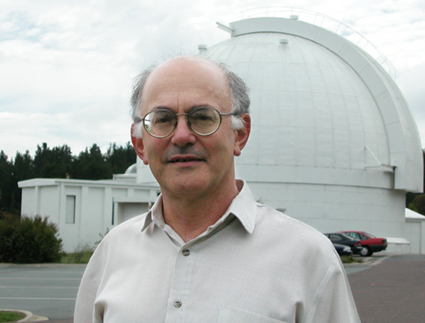 Globular Clusters - Cannonballs of the Cosmos Tuesday, January 27, 2004 4 p.m., 2.102A University Teaching Center (UTC) map Dr. Ken Freeman Australian National University Mount Stromlo Observatory Abstract Around our Milky Way Galaxy lie about 150 dense globular star clusters, distributed far beyond the galactic disk into the otherwise dark halo of the Galaxy. These spherical clusters are among the oldest known objects in the universe. How do these very dense star clusters, with up to 10 million stars, form? We believe that they are born in violent interactions. Some formed in the very early universe, while clumps of dark matter and baryons were colliding to build up galaxies. Others formed more recently: thousands of globular clusters are produced when two spiral galaxies merge. The giant elliptical galaxies, built up through mergers of smaller galaxies, have tens of thousands of these globular clusters. Although globular clusters look simple, their evolution is complex and dramatic. The cluster stars interact gravitationally, driving the cluster to ever-denser states, sometimes forming massive black holes and supermassive stars at their centers. Captive pulsars, the remnants of dead stars, sink to the center of the cluster. Binary stars regulate the evolution of the cluster and form X-ray stars in the process.
I will give an overview of what we know about globular clusters; they
provide many challenges, and our knowledge is changing rapidly.
This lecture is sponsored by The Endowment for the Antoinette de Vaucouleurs Memorial Lectureship and Medal. |